
The Texas A&M AgriLife Extension Service has announced the schedule of integrated pest management, IPM, trainings for school coordinators for 2023.

AgriLife Extension school IPM specialist Janet Hurley and Wylie Independent School District IPM coordinator Tony Jacinto inspect a storage space of stacked chairs for pest issues at Wylie High School.
AgriLife Extension offers two-day in-depth regional trainings and one-day six-hour required trainings at many regional educational service centers to assist individuals who cannot travel but want to learn about the rules from the experts.
The in-person trainings will be held across the state. March 2 will be the first one-day training and March 29 will be the first two-day. Registration cost is $240 for two-day trainings or $155 for one day.
The cost includes lunch, a spiral-bound book with training materials and continuing education units for those with a Texas Department of Agriculture applicator license.
Class time is 8:30 a.m. to 5 p.m. daily with an hour break for lunch.
Changes in rules, regulations
On Jan. 16, the adoption of the rule changes related to the Structural Pest Control Service, SPCS, proposed on Sept. 30 took effect.
“This year it is more important than ever that IPM coordinators for their schools are aware of new rules and law changes they must adhere to,” said Janet Hurley, AgriLife Extension integrated pest management specialist, Dallas, and school IPM training instructor.
All public schools in Texas are required under Texas Administrative Code to adopt, implement and maintain a school IPM program, but Hurley said many school districts are still not implementing their IPM programs to the letter of the law.
The Texas law requires each school board adopt an IPM policy that follows all legal requirements for pesticide use. The schools must make their policy available for the public to review. Importantly, each district must designate an IPM coordinator who ensures compliance with the IPM policy.
The state rules require that each district IPM coordinator attend a six-hour training class within six months of appointment. After initial training, the school IPM rules require that coordinators receive an additional six hours of training in school IPM every three years.
Hurley said one of the new rules has to do with the position of IPM coordinator and school districts are now required to notify the SPCS when an IPM coordinator leaves within 10 days of their leaving. This must be done in writing, and a new IPM coordinator must be appointed within 30 days of losing the current coordinator.
2023 trainings schedule
The dates of the two-day trainings, region and meeting addresses are as follows:
- March 29-30, Rolling Plains, Lubbock ISD – Sodexo Facilities, 717 E. 40th St., Lubbock. Register at: https://tx.ag/March29SchoolIPM.
- April 12-13, DFW area, Lewisville ISD facilities management office – multipurpose room, 1597 S. Edmunds Lane, Lewisville. Register at: https://tx.ag/April12SchoolIPM.
- Sept. 20-21, Houston area, Klein ISD, 7500 Farm-to-Market Road 2920, Spring. Register at: https://tx.ag/Sept20SchoolIPM.
- Oct. 12-13, Central Texas, Waco ISD operations facility, 4315 Beverly Drive, Waco. Register at: https://tx.ag/Oct12SchoolIPM.
The one-day trainings are as follows:
- March 2, East Texas, Region 8 Educational Service Center, Pittsburg. This event is from 9 a.m. to 4 p.m. and the cost is $100. Registration is required by Feb. 23. Register at: https://tx.ag/March2SchoolIPM.
- April 28, Victoria Area, Region 3 Educational Service Center, 1905 Leary Lane, Victoria. Register at: https://tx.ag/April29SchoolIPM.
Vendors and those interested in event sponsorship can learn more on the School IPM website.
Online trainings also available
“In addition to our in-person classes, we also offer a six-hour school IPM course or the one-hour school IPM refresher course online,” Hurley said.
Participants may register for online trainings at https://tx.ag/OnlineSchoolIPM. The cost is $25 for the refresher course and $45 for the six-hour course. There is also a free course available for those wanting to learn about integrated pest management in school gardens.
IPM coordinator responsibilities
These trainings are designed to give the IPM coordinator, who often wears more than one “hat” at the school district, a foundation to oversee their role in the IPM program.
“It’s important to understand that the school IPM coordinator for a school district has a lot to oversee; it’s more than just teachers complaining about ants in their classrooms,” Hurley said.
School IPM rules require that the district IPM coordinator oversee and be responsible for:
- Work with pest management personnel.
- Ensure all who perform pest control are licensed and trained.
- Maintain all IPM records.
- Ensure district administrators adhere to IPM guidelines with pest contracts.
- All pesticides used on school district follow school district’s IPM program and current pesticide labels and safety data sheets are maintained.
- Educate school administrators and relevant school district personnel about their roles in the IPM program, reporting and notification procedures.
- Maintain a current copy of the school district’s IPM policy.
Written By Susan Himes, Communication Specialist, Texas A&M AgriLife Extension



 Join us on Friday, November 4th from 3:00 – 6:00 PM at the Texas A&M AgriLife Research and Extension Center Water and Land Resources Building for light refreshments and a chance to talk to the entomologist. Tours of the IPM Experience House will also be available. Follow this
Join us on Friday, November 4th from 3:00 – 6:00 PM at the Texas A&M AgriLife Research and Extension Center Water and Land Resources Building for light refreshments and a chance to talk to the entomologist. Tours of the IPM Experience House will also be available. Follow this 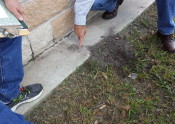
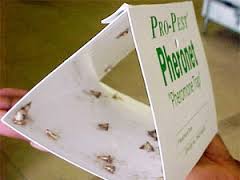
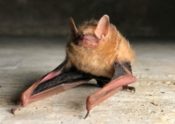
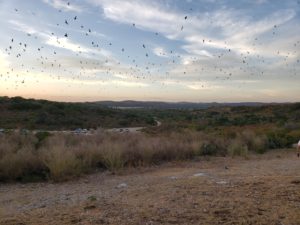
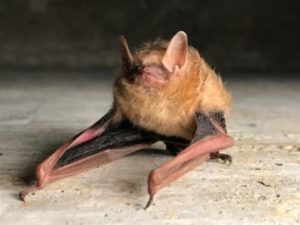
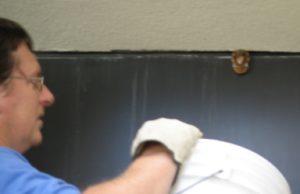


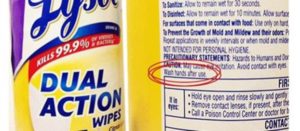
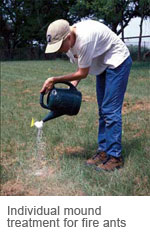
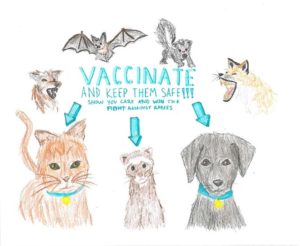
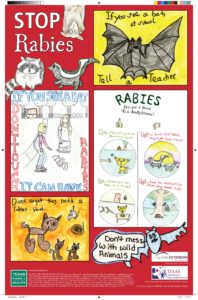


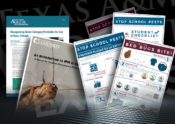
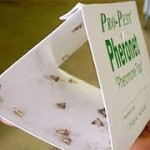 Controlling the pest population at your school district or community college isn’t as simple as spraying pesticides. Fighting off annoying critters without negatively impacting the health of your community and the environment requires a delicate balancing act of responsible pesticide use, staff training, and an effective school integrated pest management (IPM) program.
Controlling the pest population at your school district or community college isn’t as simple as spraying pesticides. Fighting off annoying critters without negatively impacting the health of your community and the environment requires a delicate balancing act of responsible pesticide use, staff training, and an effective school integrated pest management (IPM) program. .
.